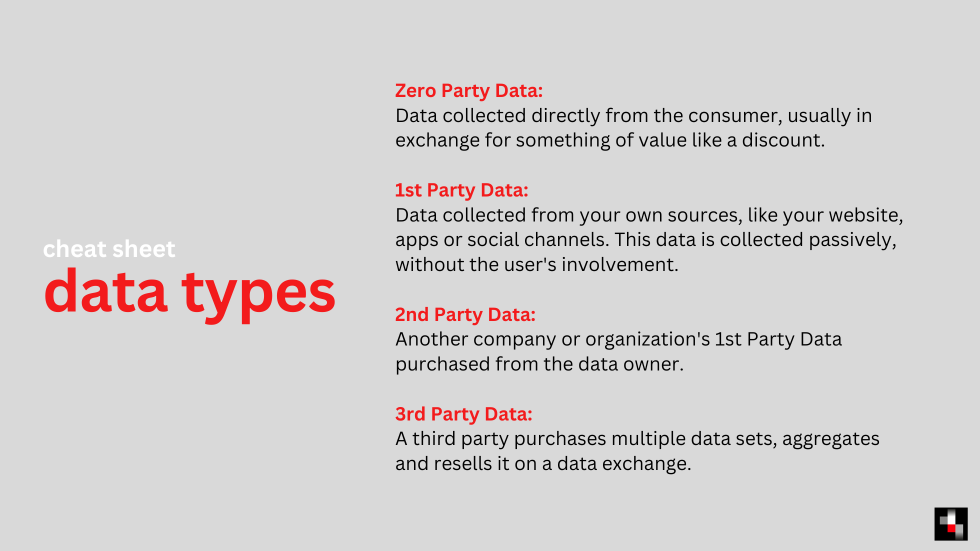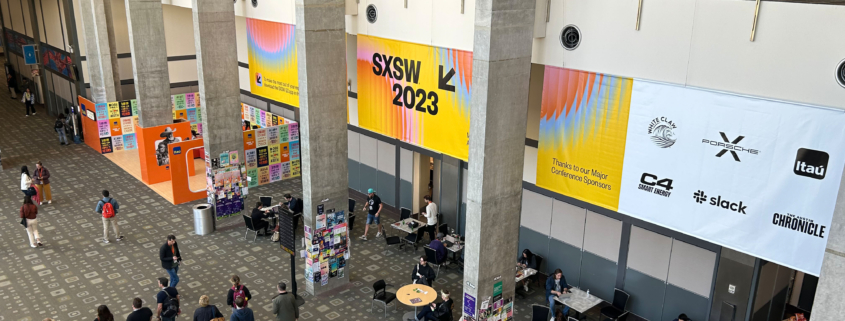The world seems to be getting more complex by the day. We are being forced to respond faster and faster to avoid missing the boat and to secure our market position. How does a public broadcasting company cope with this ever-changing environment? And how is speed becoming a success factor here? Barbara Evans in conversation with Dr Florian Kumb, Head of Programme Planning at ZDF.
BARBARA EVANS: Are you a fan of speed, Dr Kumb?
FLORIAN KUMB: Absolutely! Whenever something is done under extreme time pressure, the motivation is even greater. Even though speed is not an end in itself, it is essential for success in the dynamic media world. For example, speed is now a central success factor when using new technology and in the development times of programme innovations. A good example of this is the fictional TV show ‘Himmel und Erde’ (Heaven and Earth), which examines the war in Ukraine in five stories, focusing on the political situation in the months that preceded it.
Looking at the other extreme: in which areas do you see speed as being of least importance?
FK: In many areas of journalism in particular, both speed and precision are important. If we change our programming because of breaking news, the information needs to be absolutely accurate. Helping people make sense of events is a real challenge if a situation is not clear. And with investigative journalism, thoroughness is much more important than speed. Leaving aside programming, precision is also the top priority when dealing with compliance issues, budget controlling, etc.
Do you see the speed question as being a short-lived phenomenon or one that is here to stay?
FK: User expectations are changing faster than they used to. And we need to respond to this more quickly with our programming content. Constant change is the new normal. I very much doubt that everything is going to return to easily manageable and stable time frames.
In which areas do you feel the greatest need for speed at ZDF?
FK: There was always a great need for speed when reporting the latest news, so that’s nothing new for us – and our colleagues are experts in dealing with breaking news situations. But there is growing pressure on development times in other programming genres as well. The world is changing so quickly that ideas need to be implemented in less time. However, the need for speed has increased mainly in strategic work and non-linear distribution. To achieve our aim of providing ‘a ZDF for everyone’, we need to be very adaptable and highly dynamic in our actions and reactions.
What exactly is ZDF doing to equip itself for this future?
FK: This might sound strange, but the first thing we need to do is increase the complexity because there are no simple answers to complex challenges. For example, we have brought together three areas – communication, digital media and programme planning – that were all under different management at various points within the hierarchy logic. We defined joint processes and task fields such as 360° planning, brand/design or AI in distribution, for which we are now jointly responsible. This increases the need for coordination and lays bare any conflicts regarding roles and resources. However, we all acknowledge that no one area can solve the problems on its own – for me, this paves the way for a successful working relationship in the future.
Will there be any changes in the way you share data internally?
FK: I’m in favour of a complete democratisation of data and, at the same time, a clear framework that provides guidance in this data jungle. We are currently in the process of making all data available for everyone internally. After all, it’s possible for all of our colleagues to learn from findings about formats outside their scope of responsibility. It’s a real mindset change. Another recent addition is the ZDF KOMPASS – an integral ‘compass’ that allows us to manage all relevant performance indicators relating to usage, quality, impact and acceptance of our public broadcasting programming. This tool sets priorities and helps provide clarity in the complex media world.
Do you use AI? And if so, is it easy to reconcile this with your company’s public broadcasting remit?
FK: AI is of central importance for us, for example in our planning work. We use AI both for the recommendation system in our ZDFmediathek and for linear planning, e.g. ZDFinfo. Here, the machine suggests shows for users to watch next or which shows should be scheduled back-to-back. It’s important for the underlying algorithm to have a public broadcasting character. Our aim is not to make money by tying viewers to us with the same kind of content again and again – we have other aims, such as presenting people with new or unexpected content. The data helps us to find out how we can do that.
What has been your experience so far?
FK: Our first experiences have been very good. The diversity of recommendations in the ZDFmediathek increased substantially – more different programmes are now being recommended than was the case when we curated them manually. Obviously, planners can’t be equally aware of all titles. Using AI in linear programming has been so effective that we are now working on expanding it to other broadcasters and broadcasting streams. Also thanks to AI, ZDFinfo has established itself as the most successful linear information broadcaster by far – including among younger target groups.
What impact does this have on the broadcaster’s programming and brand communication?
FK:It doesn’t have any impact at all on the strategic work regarding content profile, brand communication and the development potential of the broadcasting method. Real people are still responsible for journalistic and creative output. AI ensures that they have enough time, because it relieves a lot of the burden in their operational planning work and distribution.
Do you see any particular opportunities or challenges here for ZDF as a public broadcaster?
FK: There are many areas where we need to find new public broadcasting approaches for digital. Take, for example, the expectations regarding user experience. For this, we need to know people’s exact needs. But this is a challenge if we also want to comply with the highest data protection standards. However, our greatest privilege is to be able to implement ideas and projects irrespective of their short-term commercial viability. At the same time, commercial pressure is especially high at the moment: investment decisions are particularly difficult when costs are rising but our income is staying the same. Especially when the investments only pay off in the long term.
When you are developing new ideas, do you look first and foremost within the German-speaking markets, or do you seek inspiration in concepts and ideas from other countries.
FK: Both, but I can’t understand why there is so much of a focus on the USA in our sector. Smaller markets are much more dynamic, particularly when they have a progressive approach to technology. Personally, I find the Scandinavian, Swiss and Israeli markets really interesting. We are in the process of working together with a Danish start-up that is well on the way to solving one of our data problems relating to diversity.
Do you think that German-speaking countries are getting faster in their decision-making and actions?
FK:Germans are often said to be passionate naysayers. At the same time, we like the image of an inventor type who plays around with lots of different ideas and then comes up with compelling solutions. I think the generational shift in companies is a great opportunity to speed things up. The older generation needs to pass on their traditional ‘engineering virtues’ to the younger generation while allowing them to dictate the pace. ‘Fail fast’ is not a new strategy – that was around during the years of rapid industrial expansion in Germany in the mid-19th century. We need to give this more space again.
Findings published by market research company GfK have shown that companies that act faster are more successful. We conducted our own research project about how companies use real-time data, network between various company areas, individualise communication and content, etc. Here, we found that not enough is happening in around two thirds of companies. What advice would you give to decision-makers about ‘speeding things up’?
FK: It’s necessary and it’s hard going, particularly at the beginning. But it’s less about making radical underlying decisions than having a clear vision and lots of elaborate fine-tuning in processes. There’s no way around it. But once top management has set the ball in motion, employees and managers alike will realise that and things will speed up. My recommendation would be to look first at a small number of the company’s core and supporting processes and subject them to an end-to-end examination – even if this is a complex undertaking. For this, companies need to set up and authorise a small internal project team with good people. But I wouldn’t advise using external consultants for this.
Thank you for talking to us!
This artice first appeared in TWELVE, Serviceplan Group’s magazine for brands, media and communication. In the ninth issue, you will find further inspiring articles, essays and interviews by and with prominent guest authors and renowned experts centred around the magazine’s theme „Speed! The Winning Factor in the Digital Age“. The e-paper is available here: https://sp-url.com/twelve23-lp











